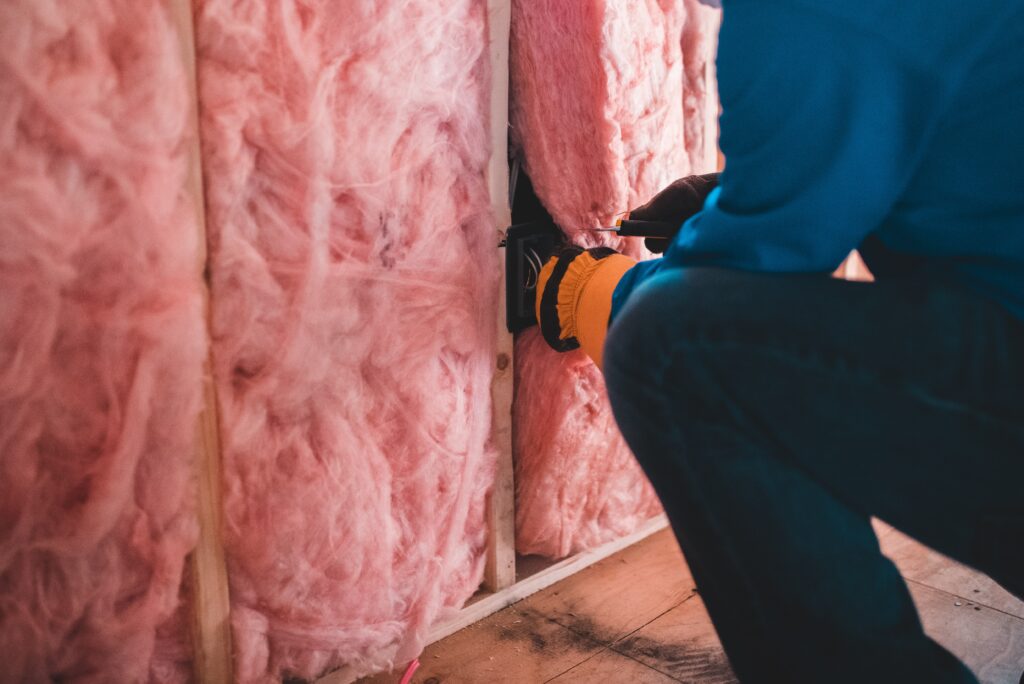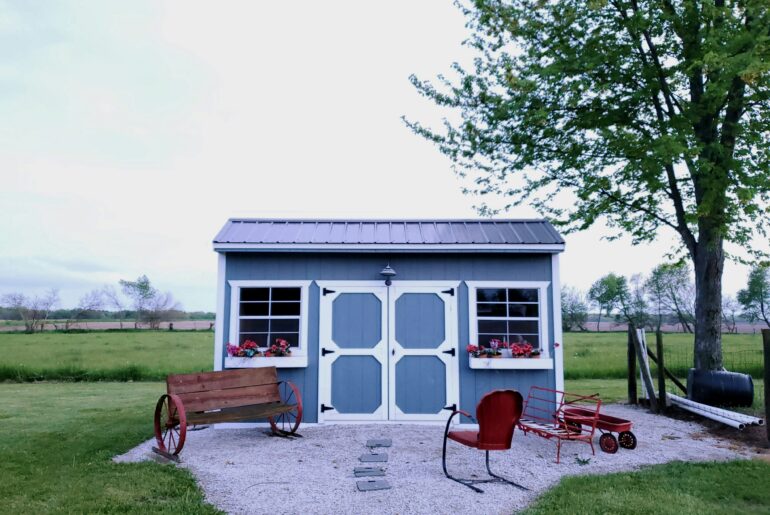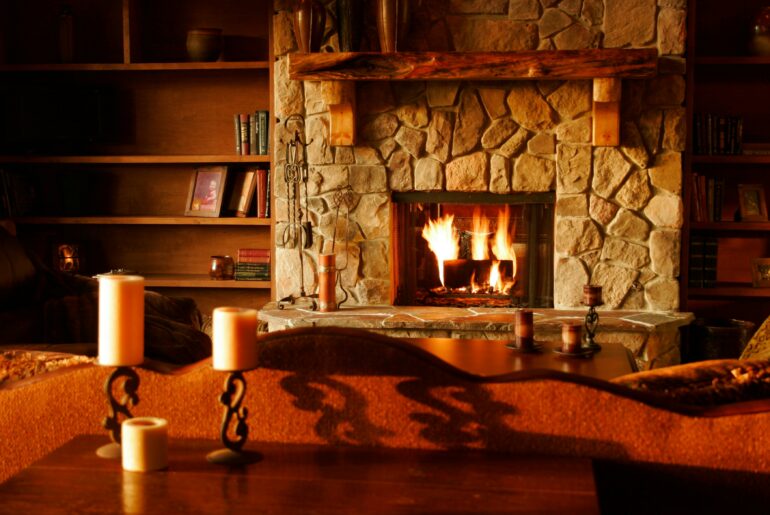Insulation is an integral part of any home since it helps keep energy costs low and maintains an ideal internal temperature. However, it’s important to understand that the insulation requirements are not consistent across all regions.
The climate in your area has a significant effect on the kind of insulation you’ll need. In this guide, we’ll cover climate zone 4.
What Is a Climate Zone?
A climate zone is a geographic area that experiences similar heating and cooling needs. When dividing regions into different climate zones, we consider factors like:
- Rainfall
- Humidity
- Average temperature
How Does a Climate Zone Affect Insulation?
The conditions prevalent in a climate zone will determine the R-value of insulation your home needs. R-value is a measurement of an insulation’s thermal resistance.
Generally, the higher the climate zone number, the greater the amount of insulation you’ll need.
What Is Climate Zone 4?
If you look at the map of the US, climate zone 4 includes some larger regions, such as the southern parts of Alaska. It also incorporates Wisconsin, Montana, New York, and other northern states.
Two authorities work together to determine the climate regions in the US. They include:
- International Energy Conservation Code (IECC)
- American Society of Heating, Refrigerating and Air-Conditioning Engineers (ASHRAE)
According to these organizations, the climate zones can be categorized into the following groups:
- Subarctic
- Very cold
- Cold
- Mixed-Humid
- Mixed-Dry
- Hot-Humid
- Hot-Dry
As per this classification, Zone 4 is divided into 4A and 4B. 4A is considered mixed-humid, while 4B is mixed-dry.
What Are the Conditions Like in Climate Zone 4?
Climate zone 4A falls in the mixed-humid category. The aforementioned authorities describe this region as an area that gets over 20 inches of annual precipitation.
There are 5,400 or fewer heating degree days. A heating degree day (HDD) is any day when the average temperature stays below 65°F.
In climate zone 4A, the outdoor temperature drops to 45°F and below in winter months.
The same conditions are also found in climate zone 4B, except that this region may have fewer than 5,400 HDD. You can check the atlas here to see the exact location of climate zone 4.
What Are the Insulation Requirements for Climate Zone 4?
The most recent update in the International Energy Conservation Code’s guidelines came in 2021. Going through the booklet, we found two main instructions:
- To lower the energy rating indices
- To increase the insulation
Here are the insulation requirements for different parts of the home in climate zone 4:
- Slab-on Grade Floor: R15 for 24 inches below ground
- Walls Below Grade: R7.5 ci( continuous insulation)
- Walls Above Grade: R9.5 in mass, R13 in metal building, R 13 in metal-framed buildings, and R13 to R20 in wood-framed structures
- Roof: R25 ci for roofs entirely above deck, R19 for metal buildings, and R 38 for attics
According to the updated booklet, attics in climate zone 4 should get insulation with an R rating of R60.
How to Meet Insulation Requirements in Climate Zone 4
There are different ways to meet the insulation requirements in climate zone 4. You can opt for spray foam, blown insulation, or batt insulation. The key is to follow the instructions laid out in the International Energy Conservation Code’s guidelines.
Let’s explain this with regard to the attic insulation, which needs to have an R-value of 60. Here’s what you can use:
- Cellulose: If it has an R-value of 3.8 per inch, you can install 15 inches of it in your home in climate zone 4.
- Expanded Polystyrene: Its R-value is usually R5 per inch. About 12 inches should be enough for climate zone 4.
- Closed-Cell Spray Foam: Spray foam insulation has an R-value of 7 per inch in its closed-cell form. Install about 8.5 inches of it in your climate zone 4 homes.
Best Insulation Options for Climate Zone 4
As you would have guessed by now, climate zone 4 has extensive insulation requirements. Therefore, you need to choose an insulation option that meets the standards while also giving you value for your money.
One of the best options for climate zone 4 homes is blown-in insulation, as it has a high R-value for a relatively low cost. It’s also easier to install than other insulation options, which reduces the need for professional installation services.
Closed-cell spray foam insulation is another suitable option for climate zone 4 homes. Some benefits of this insulation type are:
- Better air quality
- Savings on energy bills
- Addition of structural integrity
- Improvement of acoustics within the home
- Long lifespan
You can also opt for fiberglass rolls and batts, especially if you want to insulate areas between frames in walls, ceilings, and floors. The material has an R-value of around 4.3 per inch, which is good enough for climate zone 4.
Additional Options
Although the building codes do not require it, you can install a vapor retarder or radiant barrier to improve the efficiency of your home.
A vapor barrier is an impermeable layer of material, usually polythene sheeting, that is installed between the insulation and the warm interior of a home. It prevents moisture from entering your insulation.
As you read above, the updated guidelines have stipulated an increase in the R-value of roof insulation in climate zone 4. That’s due to the fluctuating weather conditions in the zone. A radiant barrier is a good line of defense against harsh weather.
It’s a highly reflective material, usually aluminum or metalized plastic. It’s designed to reflect back the heat from the sun and helps keep your home cooler in summer.
Additional Government Building Requirements
The building requirements are not consistent across states. You should check with your local building authorities regarding any other specific requirements.
Generally, however, the following are some of the additional requirements for insulation in climate zone 4:
- Seal all air leakage points.
- Seal all ducts with mastic or another sealant.
- Insulate any attic access points, such as hatches and drop-down stairs.
- Install insulation baffles to ensure proper ventilation of your attic.
- Seal recessed lighting and electrical outlets.
Follow these insulation instructions, and you shouldn’t have any issues staying warm or cool in climate zone 4.





